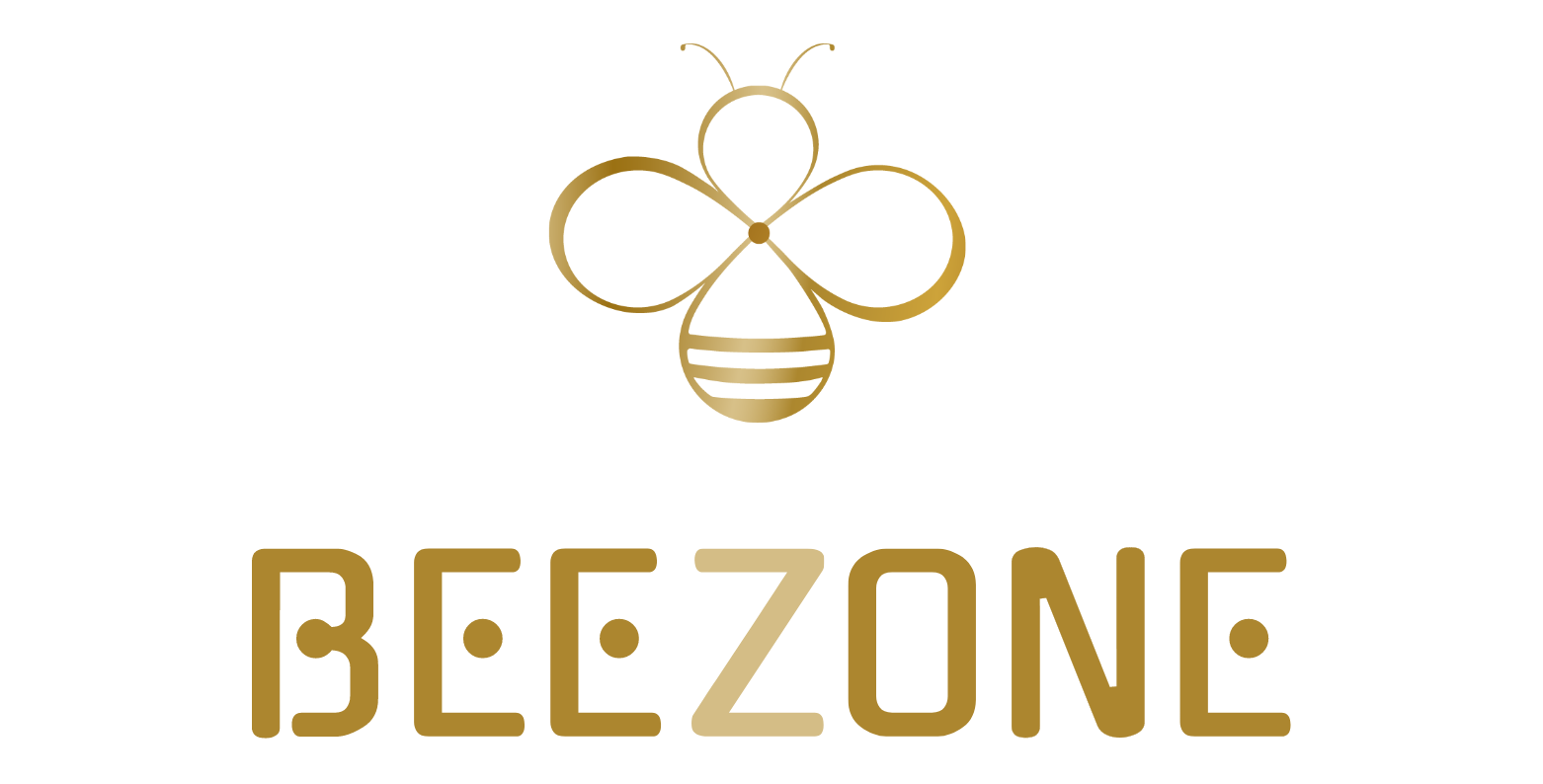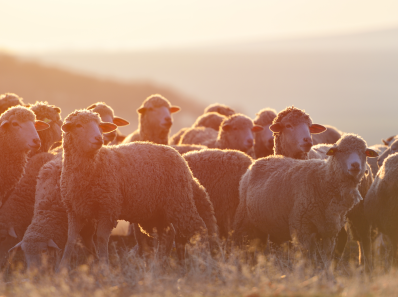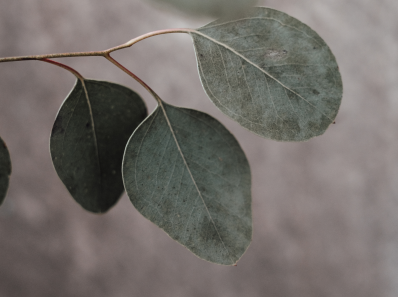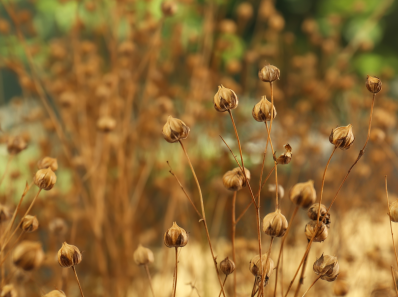Leather knowledge
Leather making has been practiced for more than 7,000 years.
Our Leather is only full grain and top grain in the finest selections. We are only using full aniline leathers. We realize that these are a lot of terms which are not common knowledge. That is the reason we have created the Leather Masterclass to explain the differences in Leathers.
Buffalo: Aniline Buffalo Leather
The Buffalo Leather are characterized by many tics and healed scars because of natural living conditions. The hides are smaller than the bovine hides; about 3.5 SQM.
Bovine: Aniline Bovine Leather
The Bovine hides are characterized by very clean surface. These Leathers are originated form Europe and due living conditions they have a strong fiber and are big in size; About 5,5 SQM.
While evidence for hideworking and tanning exists from 400,000 years ago,
the earliest confirmed leatherworking tools date back to the Stone Age in 5,000 BC.
During this time, leather was used for shelters, clothing, and shoes.
Europe boasts a rich heritage in leather production, with several countries renowned for their craftsmanship and exquisite hides. Here are some prominent players:
- Italy: Known for its vegetable-tanned leathers, prized for their natural beauty and durability. Tuscany is a particularly famous region, with centuries-old tanneries using traditional methods.
- France: Home to renowned tanneries in Limoges and Millau, specializing in luxurious calfskin and lambskin leathers. French leather is known for its supple texture and intricate finishes.
- Germany: German leather is recognized for its strength and precision, often used in high-end car interiors and furniture.
How is European Leather Harvested?
Leather production starts with selecting hides from livestock raised in Europe. Sustainability is increasingly emphasized, with farmers adhering to strict animal welfare and environmental regulations. Here’s a simplified overview of the process:
- Sourcing: Hides are primarily obtained from cattle, sheep, goats, and horses raised for meat production.
- Salting and Curing: Fresh hides are preserved with salt to prevent spoilage before further processing.
- Liming and Dehairing: Chemicals like lime loosen hair and prepare the hide for the next step.
- Fleshing and Splitting: Excess flesh and fat are removed, and the hide may be split into thinner layers depending on the desired use.
- Tanning: This crucial step converts the rawhide into leather using tannins, natural or synthetic, which improve its strength, flexibility, and durability.
- Finishing: The leather is dyed, coated, buffed, and embossed to achieve the desired texture, color, and appearance.
The Soil and its Impact:
While leather production itself doesn’t directly involve soil interaction, European tanneries are increasingly prioritizing sustainable practices that minimize environmental impact. This includes:
- Sourcing hides from farms employing responsible land management practices like rotational grazing and soil conservation techniques.
- Utilizing natural tannins derived from vegetable sources like tree bark, reducing reliance on harmful chemicals.
- Adopting water-efficient tanning processes and treating wastewater to minimize environmental pollution.
Durability of European Leather:
European leather is revered for its exceptional longevity. Properly cared for, it can last for decades, even centuries, outlasting most synthetic materials. This exceptional durability stems from several factors:
- High-quality hides: European farmers raise robust livestock breeds known for their thick, strong hides.
- Expert tanning techniques: Traditional European tanneries employ time-tested methods that result in superior leather quality.
- Natural materials: Vegetable tannins used in European leather enhance its strength and resistance to wear and tear.
Benefits of European Leather:
Beyond its enduring beauty and timeless appeal, European leather offers several practical benefits:
- Comfort and Breathability: Natural leather possesses excellent breathability, keeping you cool in summer and warm in winter.
- Easy to Maintain: With proper cleaning and conditioning, leather retains its luster and suppleness for years.
- Fire-resistant: Unlike many synthetic materials, leather is naturally fire-resistant, offering an added layer of safety.
- Aesthetics and Luxury: European leather exudes an unmistakable elegance and sophistication, elevating any space it adorns.
Reasons to Choose European Leather:
If you’re seeking superior quality, timeless elegance, and sustainable practices, European leather is a compelling choice. Here are some key reasons to consider it:
- Investment in Longevity: While the initial cost may be higher, European leather’s exceptional durability makes it a cost-effective investment in the long run.
- Supporting Artisanship: Choosing European leather upholds traditional craftsmanship and the livelihoods of skilled artisans.
- Environmentally Conscious Choice: Many European tanneries prioritize sustainable practices, minimizing their environmental impact.
- Owning a Piece of History: European leather embodies centuries of tradition and expertise, a tangible connection to heritage.
Ultimately, the decision to choose European leather is a personal one. However, understanding its origins, production process, and unique qualities can help you make an informed choice.



